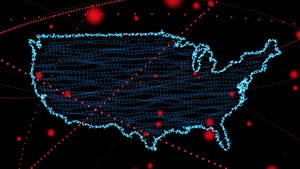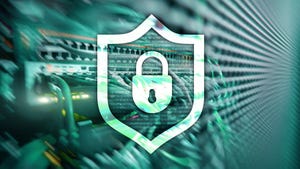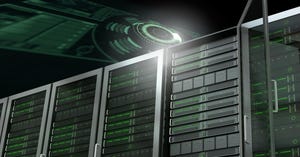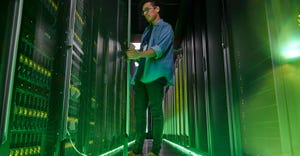Observability Takes Center Stage as IT Braces for Technological Shifts
IT and telecom should be more advanced than other industry sectors, and yet those two industries have more outages than others.

The IT and telecommunications industries are undergoing rapid transformation driven by the adoption of such technologies as AI, cloud computing, and 5G networks.
In this fast-paced environment, observability practices are increasingly critical for organizations to maintain operational efficiency, collaboration, and optimal customer experiences. A new report from New Relic, "State of Observability for IT and Telco," offers insights into how these industries are embracing observability.
Key finding in the report include:
43% of respondents cited adoption of AI technologies as a driver for observability needs.
56% prefer a single, consolidated observability platform over multiple tools.
55% noted observability improves cross-team collaboration and decision-making.
37% of IT/telco firms experience outages at least weekly, leading to median $12.71M annual outage costs.
41% are likely to consolidate observability tools within a year to maximize spending.
Trends Driving IT/Telco Observability Adoption
Source: New Relic
Why Are There So Many Outages in IT and Telecom?
The New Relic report found that IT and telco organizations experience a much higher frequency of high-business-impact outages than other industries, including retail, education, healthcare, and financial services.
"In fact, 37% reported experiencing outages at least once a week," Peter Pezaris, chief design and strategy officer at New Relic, told ITPro Today. "IT and telco organizations have the second-highest outage frequency, behind energy and utilities organizations, where 40.2% reported experiencing outages once a week or more."
Adding further insult to injury, Pezaris pointed out that the average annual downtime for IT and telco organizations was 26 hours, meaning it's taking these organizations longer to detect and resolve outages.
"With 35% of respondents reporting that critical business app outages cost more than $500,000 per hour and 22% estimating they cost $1 million per hour, this can cost IT and telco organizations an average of $12.71 million per year," he said.
So what should IT be doing to improve the state of observability that it just isn't doing now?
Similar to other industries, lack of consolidation is holding back IT and telco organizations, according to Pezaris. He noted that organizations using a wide range of monitoring tools are only making their environments more complex because services, alerts, logs, and data are often siloed. This prevents them from quickly detecting software and system interruptions and determining the root cause of a given outage.
"Without a single-pane-of-glass view across their environment, they'll continue to be slower to identify and fix issues compared to other industries," he said.
Why IT and Telecom Staff Use Multiple Observability Tools
Given that IT and telecom are all about technology, as a group they tend to use more technology rather than less. In fact, according to New Relic, they're actually more likely to use multiple monitoring tools.
Pezaris noted that the survey covered 17 key observability capabilities, such as security monitoring, network monitoring, infrastructure monitoring, application performance monitoring, AIOps, and more. The report found that 70% of respondents use four or more monitoring tools to manage these key observability capabilities, and 23% use eight or more.
"This indicates to us that these organizations are spending too much time and money trying to solve issues in siloes rather than with a single, consolidated platform," he said.
Pezaris said organizations — regardless of industry — simply can't afford outages, and they can't risk losing customers due to a poor customer user experience. According to the report, by 2026, the majority of respondents expect to have deployed security monitoring (96%), network monitoring (96%), and infrastructure monitoring (94%).
"In doing so, we'd expect to see fewer outages impacting the industry," he said.
Read more about:
ITPro TodayAbout the Author
You May Also Like


.jpg?width=300&auto=webp&quality=80&disable=upscale)



.jpg?width=300&auto=webp&quality=80&disable=upscale)


